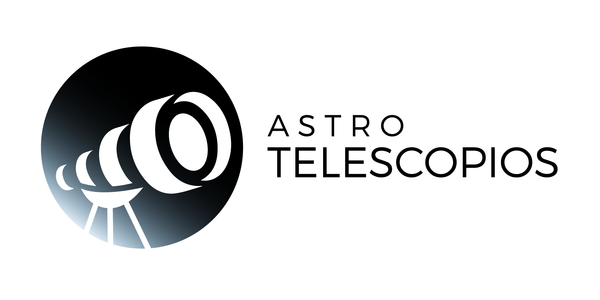
What can I see with a 130mm aperture reflector telescope?
A 5-inch (130 mm) reflector telescope is a moderately sized instrument that can give you excellent views of various astronomical objects. Here are some things you could see with a 130mm reflector telescope:
-
The Moon: You will be able to observe impressive details on the lunar surface, such as craters, mountains, seas and valleys. You will also be able to appreciate the lighting of the lunar phase at different times.
-
Planets: You will be able to observe the planets of our solar system, such as Jupiter, Saturn, Mars and Venus. With adequate magnification, you will be able to distinguish the cloud bands on Jupiter, the rings of Saturn, the ice caps at the poles of Mars, and the phases of Venus.
-
Star Clusters: Star clusters, such as the Pleiades Cluster (also known as the Seven Sisters) and the Perseus Cluster, look great through a telescope of this size. You will be able to appreciate the beauty of a group of nearby stars.
-
Nebulae: Some bright nebulae, such as the Orion Nebula and the Lagoon Nebula, are also accessible with a 130mm telescope. You will be able to observe the nebula as a diffuse spot of light or even distinguish details in its structure.
-
Galaxies: Although galaxies are much fainter and difficult to see in detail, you will be able to observe some bright galaxies, such as the Andromeda Galaxy (M31) and the Whirlpool Galaxy (M51). You will see these galaxies as diffuse spots of light.
-
Stellar doublets: You will be able to enjoy observing double stars, which are two stars that appear to be very close to each other when seen through the telescope. Some notable examples include Albireo in the constellation Cygnus and Mizar in the Ursa Major.
Remember that the quality of your view will also depend on other factors, such as location, light pollution, and atmospheric conditions. Additionally, you can experiment with different eyepieces and filters to get more details and improve your observing experience.
Recommendations: 130 mm telescopes
If you are looking for something economical, transportable and quick to set up, we recommend a 130 mm reflector in a Dobsonian mount.
The FlexTube Heritage 130/650 Sky-Watcher Dobsonian Telescope is a Bright, compact telescope, convenient to carry and easy to handle. They offer a large aperture, that is, a large mirror surface, in exchange for a moderate price.
This mirror telescope is ideal for beginners. However, there are many more experienced astronomers who remain faithful to their Dobson throughout their lives.
The only "but" is its limitations for astrophotography, this telescope will be useful for observation, but not for getting started in astrophotography. To take your first astrophotos you will need to purchase a mounted telescope with a motorization system or an automated GoTo tracking system.
That is why you could consider another option that we also highly recommend to our clients:
The Sky-Watcher 130/900 Telescope in EQ2 motorized in AD comes with an EQ2 mount that allows precise positioning in the sky thanks to the fine controls present on each axis.
The fixing collars allow the tube to be adapted to the frame. The equatorial mode design allows after parking (simple adjustment of the orientation of the mount towards the North Star) to compensate for rotation not in two axes, but only in one.
It is delivered with a Right Ascension (RA) engine to compensate for the apparent movement of stars in the sky (due to the Earth's rotation). When the object is in the center of the field, it will remain there for several minutes when the engine is started (provided you have performed a station setup/alignment on the North Star).
Lastly, one of the best-selling beginner telescopes is the Newton 130/650 StarQuest Sky-Watcher model. With this telescope and under a very dark sky it is possible to see more details than with a smaller instrument. The beginner can invest in a telescope of very good quality and a tight budget.
An optional SW0442 motor is available (easy to attach and use) offering greater user convenience.
Enjoy your telescope! And remember, if you have any questions, write to us at atencionalcliente@astrotelescopios.es



